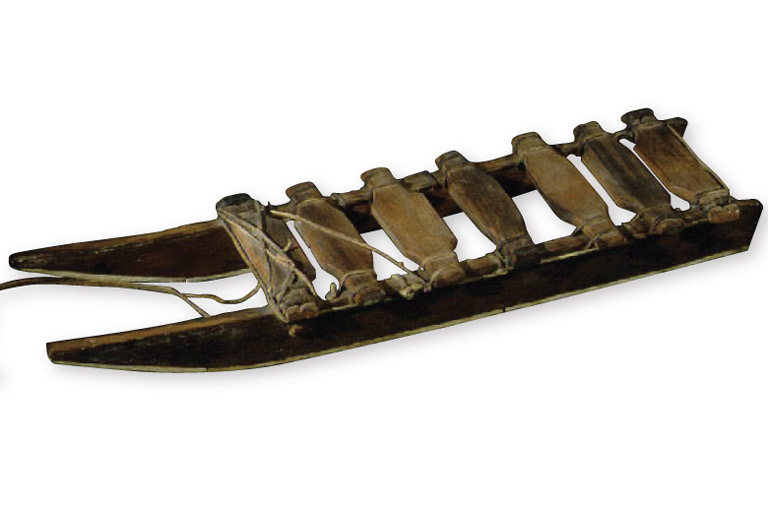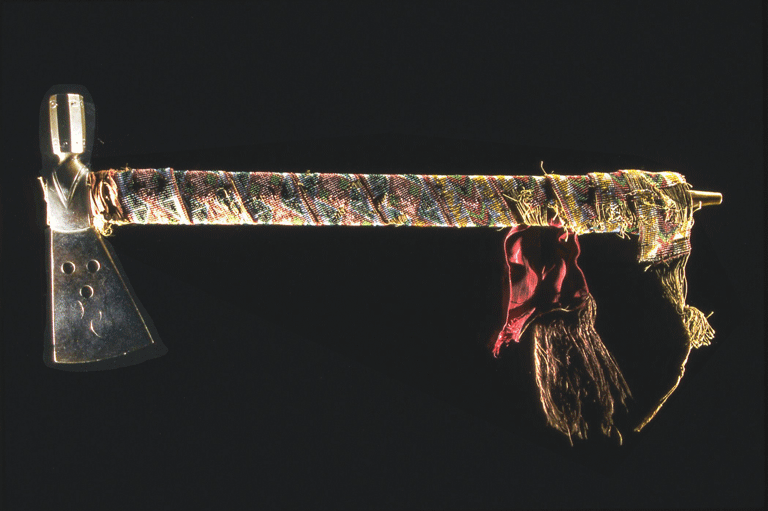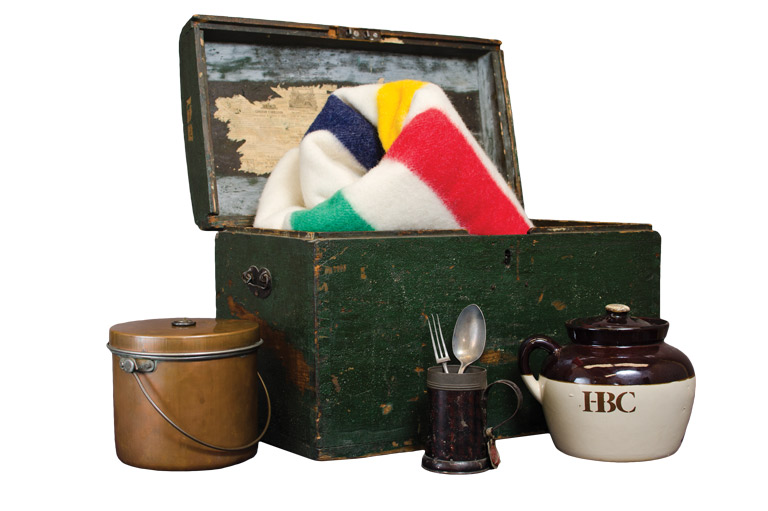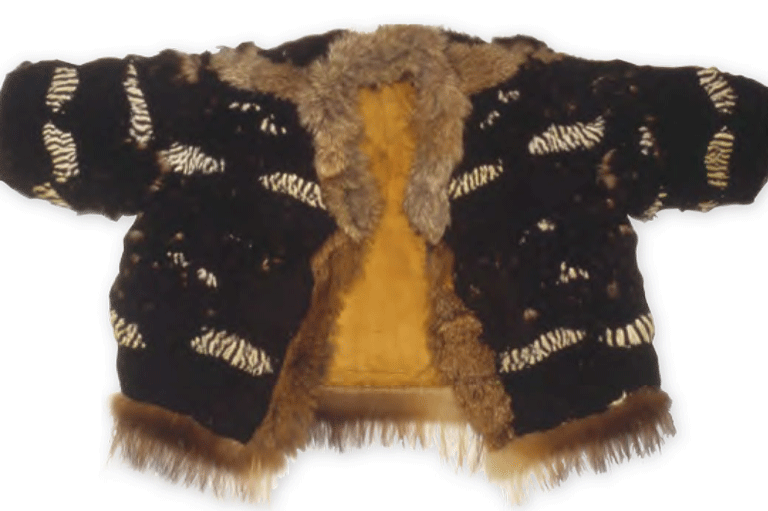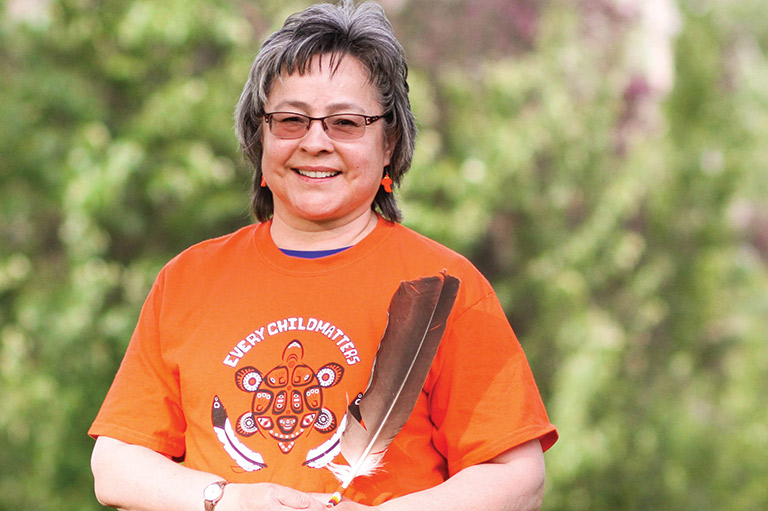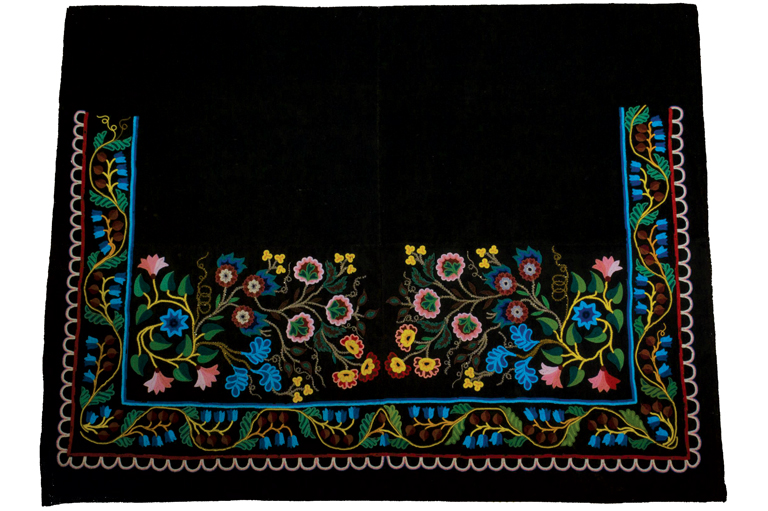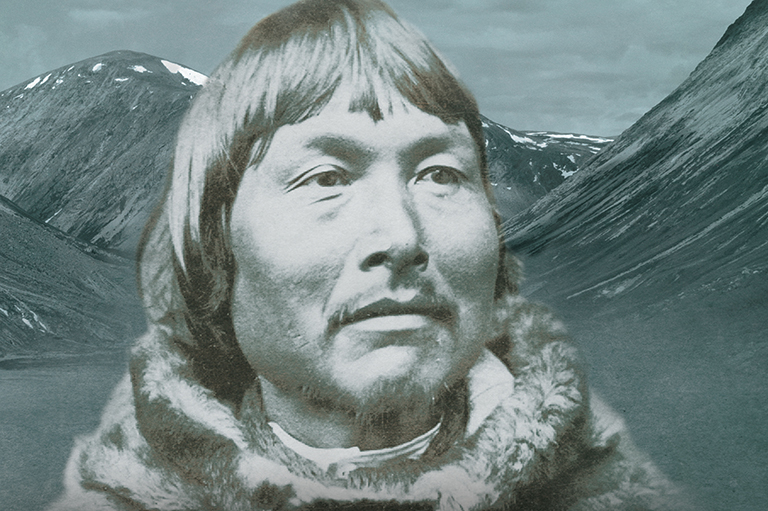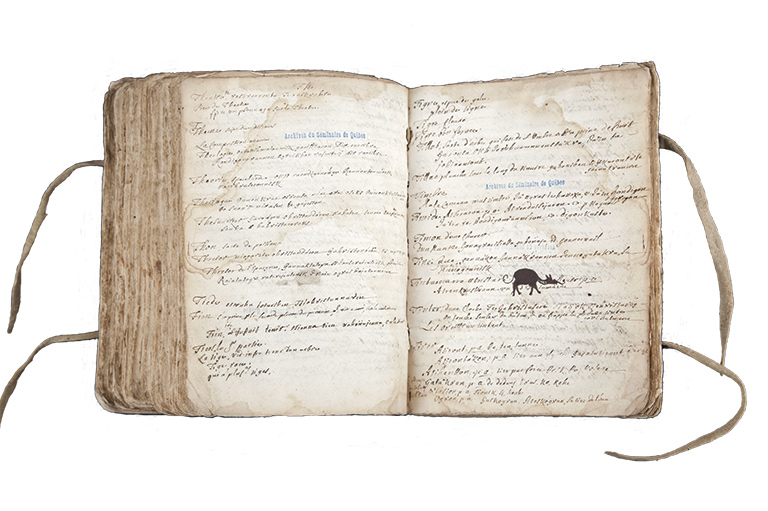Anishinabe Cradleboard
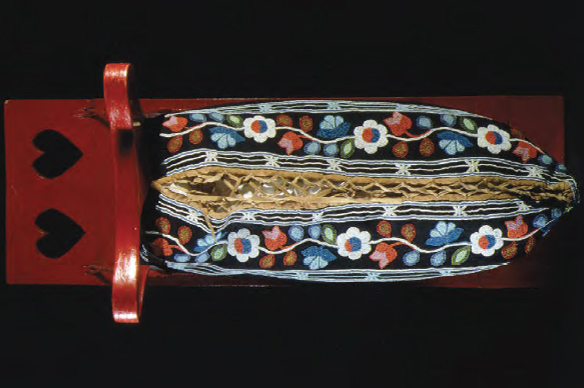
This object, called a tikanagan, likely once carried a heartily crying baby.
A type of cradleboard, the tikanagan was an ingenious piece of Aboriginal child care technology that served as the contemporary equivalent of a crib, a carriage, a high chair, and a playpen. It was designed to keep infants warm and safe and to make them easy to carry about.
The construction of the cradle bag was the responsibility of the mother and her female relatives, while the husband or a close male relative made the carrying board.
The protruding hoop on the cradleboard served to protect the child’s head during an accidental fall. The hoop was also used to suspend protective amulets and playthings as well as cloth coverings that kept at bay both mosquitoes and cold weather.
Tikanagans were often passed from generation to generation.
Themes associated with this article
Advertisement

